Before your next shower, dry brush your entire body for an exfoliating self-massage that detoxifies from head to toe.
While it might seem like an easy practice to overlook, it turns out that there may be many more health benefits to dry bushing than simply removing dead skin.
Read on to discover the art of dry brushing, and how it can benefit your entire body.
In need of a sugar detox?
Click here to get your FREE Sugar Detox Guide + Sugar-Free Recipes!
What is Dry Brushing?
Originally, dry brushing was practiced as part of the ancient medicine system Ayurveda in India. Known as Garshana, which translates from Sanskrit as “to rub,” this practice involves using a bristle brush or gloves over the entire body in order to help stimulate lymph flow, improve detox, exfoliate, and increase circulation.
This ancient practice has now made its way into modern culture, with brushes made specifically for dry brushing popping up in most health stores and shops.
Let’s dive in to the reasons you should grab a brush for yourself, as well as how to choose the right brush and how to brush correctly.
Benefits of Dry Brushing
1. Helps with Detoxing
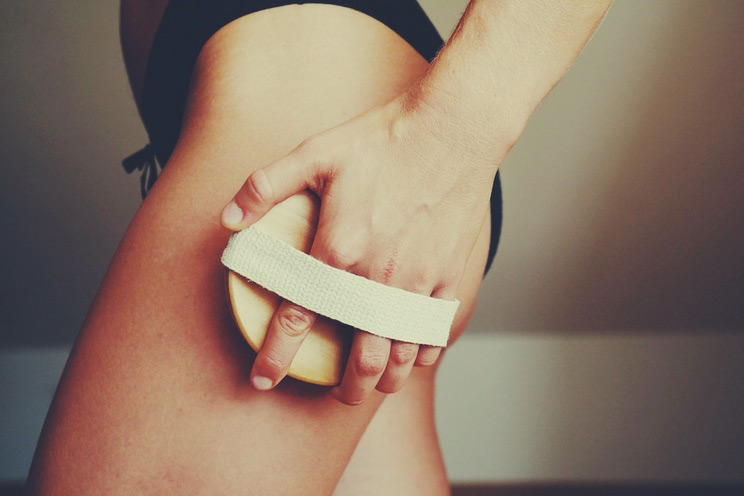
Our skin is our largest detox organ. In fact, many of the harmful chemicals and environmental toxins we are exposed to on a daily basis are released through our pores and sweat; even more so than through our daily bathroom breaks. (1)
Dry brushing can help remove the top layers of dead skin and dirt from our skin so it can “breathe.” Dry brushing is also thought to encourage even more toxins to be released since they have an easier time of escaping, so to speak.
This could also mean positive things for your kidneys and liver. Since more toxins are excreted through your skin, your other detoxifying organs might have less “work” to do. (2)
2. Improves Appearance of Cellulite
While there is no direct research on how dry brushing improves cellulite, there is plentiful research on how the various types of massage can help improve the appearance of cellulite by increasing circulation. (3)
By massaging the top layers of the skin and deeper tissues by using a slightly firm pressure, dry brushing can help increase microcirculation and collagen synthesis to areas with that dreaded dimpled texture. (4)
3. Unclogs Pores
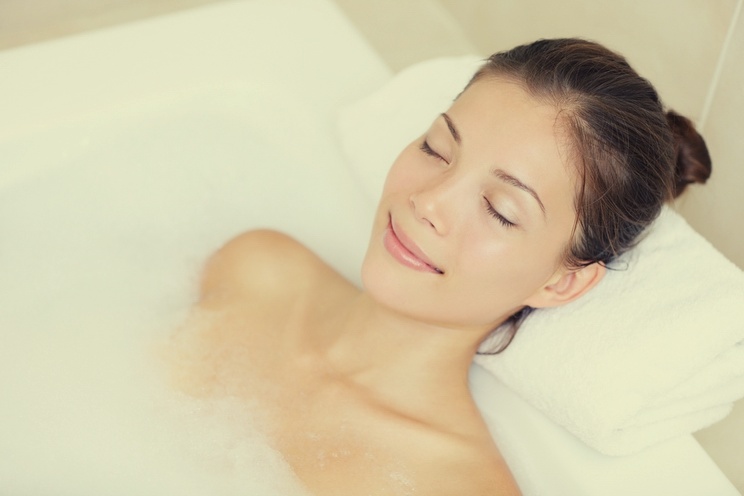
Dry brushing is an excellent way to unclog your pores, which can help not only to expel toxins but also to better absorb nutrients from your favorite skincare products.
In fact, the American Academy of Dermatology recommends unclogging pores first in order to allow topical skin treatments to penetrate deeper. (5) So, if you’ve been using that expensive body oil without unclogging your skin first, you may be simply allowing it to sit on top of the clogged pores without penetrating, which you definitely don’t want!
4. Reduces Stress
Another benefit to the various types of massage, is its ability to help reduce stress levels. Since stress can definitely be considered toxic to your body and mind, anything that reduces it is going to essentially qualify as a detox.
Research shows that massage can significantly help reduce stress while also promoting mental health and improving quality of life. (6)
5. Stimulates the Lymphatic System
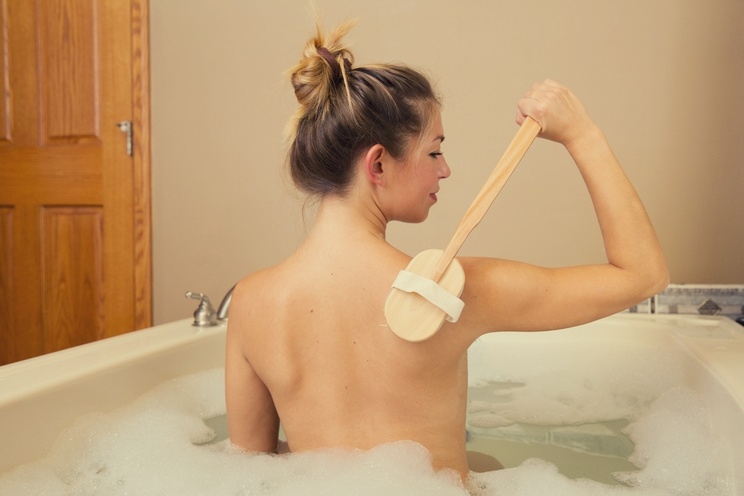
The lymphatic system plays a huge role in detoxification. This network runs through your entire body carrying a substance called “lymph” that consists of essential fluids, molecules, white blood cells, and collected waste.
You may have noticed that when you’re sick, the lymph nodes under your armpits or throat may become swollen, or certain areas of your body may become puffy. This is because the lymph isn’t able to circulate properly, the buildup makes it difficult to remove bad bacteria, viruses, and toxins.
Studies show that a type of massage called Manual Lymph Drainage can help move excess lymph fluids and toxins by increasing circulation and works in a similar way to dry brushing. (7)
6. Exfoliates Skin
As we know, dry brushing is great for exfoliation. Exfoliation allows the skin to breathe better and removes clogs from the pores; allowing your body to sweat properly and freely remove toxins.
Sweating is a major pathway for your body to detox, especially when it comes to removing heavy metals such as lead and mercury. (8) This is important since many of these metals have been associated with behavioral changes, tremors, headaches, hearing, and even cognitive loss. (9)
Choosing the Right Brush
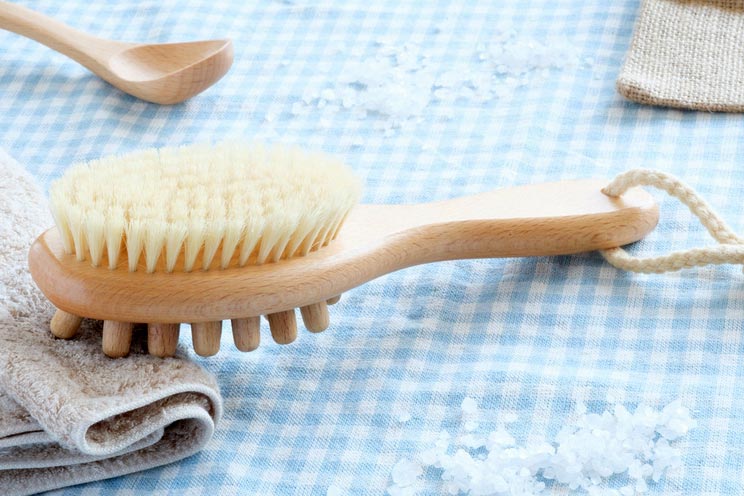
When it comes to selecting a dry brush, there are different options. Some have long handles, while others can fit in your palm. Some have firm bristles and others have soft bristles.
Your best bet is to try one out on your arm and judge how sensitive your skin is to the different levels of bristle firmness. You want a slightly firm bristle that you can feel exfoliating your skin, but not too firm that you feel like you’re scraping your skin.
Some dry brushes come in sets, with different levels of firmness for different areas of your body. You can usually find these at your local health food store or online.
How to Dry Brush the Right Way
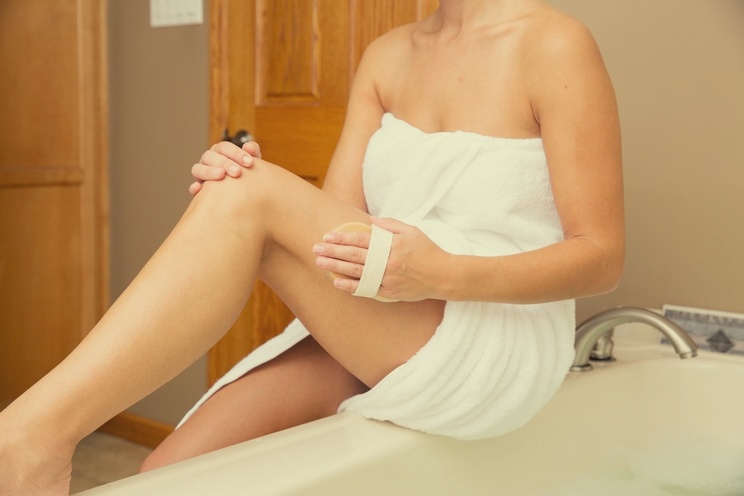
Dry brushing should be done daily, preferably in the morning or before showering so that you can wash away the dead skin cells.
How to Dry Brush Correctly:
- Always brush toward your heart to encourage proper lymph flow. Start at your feet and brush up your legs in long strokes, going over each section with 5 to 10 strokes.
- Repeat on your arms, brushing in toward your heart in long strokes.
- Brush in clockwise circles around your stomach and armpits to help encourage proper digestion.
- Brush in long upward strokes on your back.
Keep in mind that your skin should only be slightly pink after brushing. If you find that your skin is red and sensitive, either the bristles are too firm or you’re using too much pressure.
Remember to wash your brush every 2 to 3 weeks to remove dead skin cells and other debris that has accumulated.
Give dry brushing a try for an invigorating experience that can leave your skin glowing. To make it an even more indulgent ritual, rub on your favorite moisturizing oils after brushing and showering.
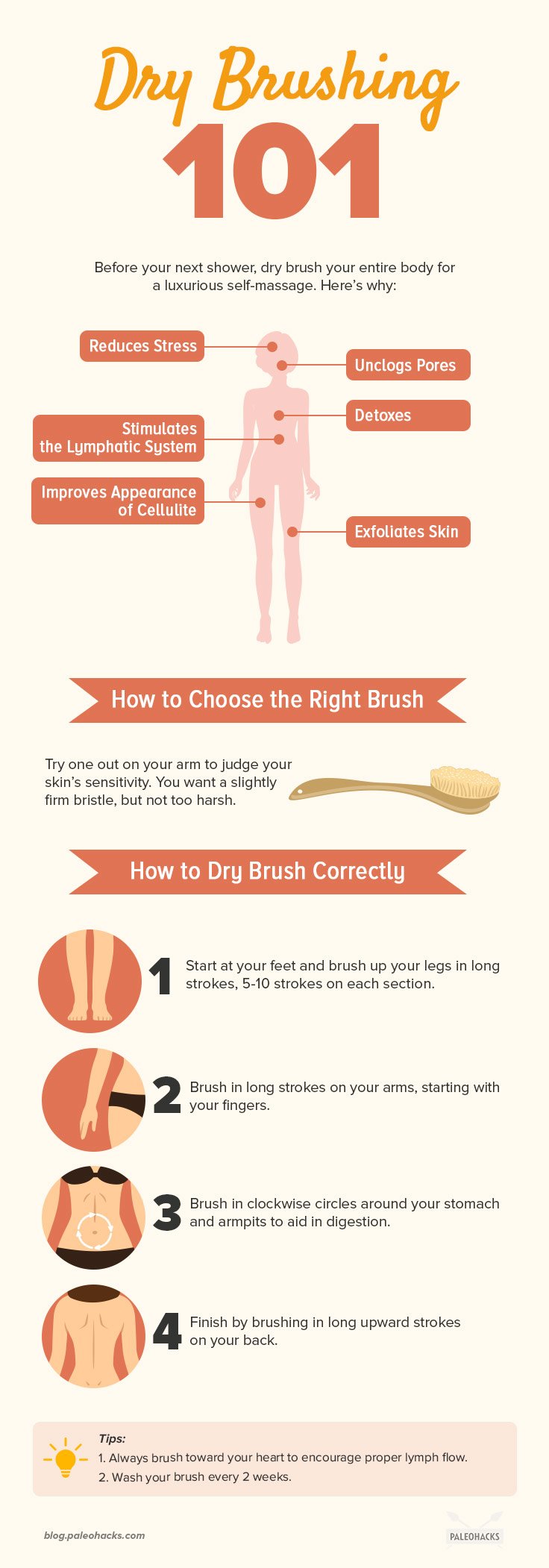
(Read This Next: The Easy Guide to Natural Skincare


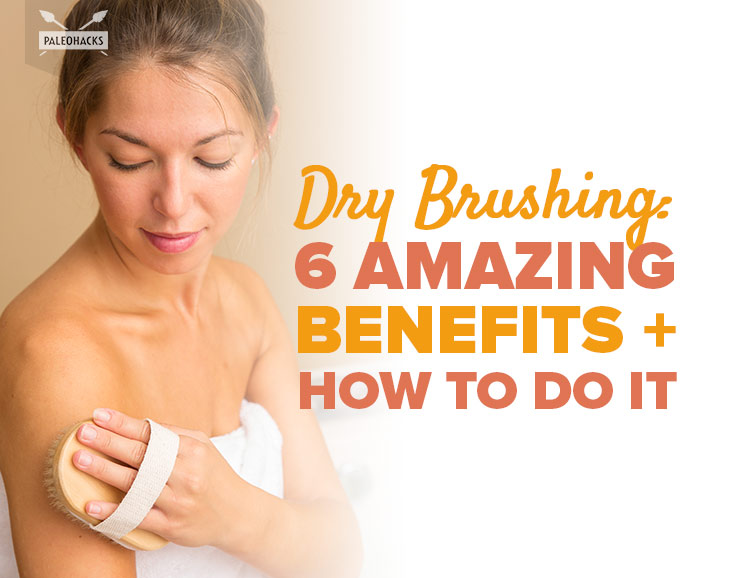
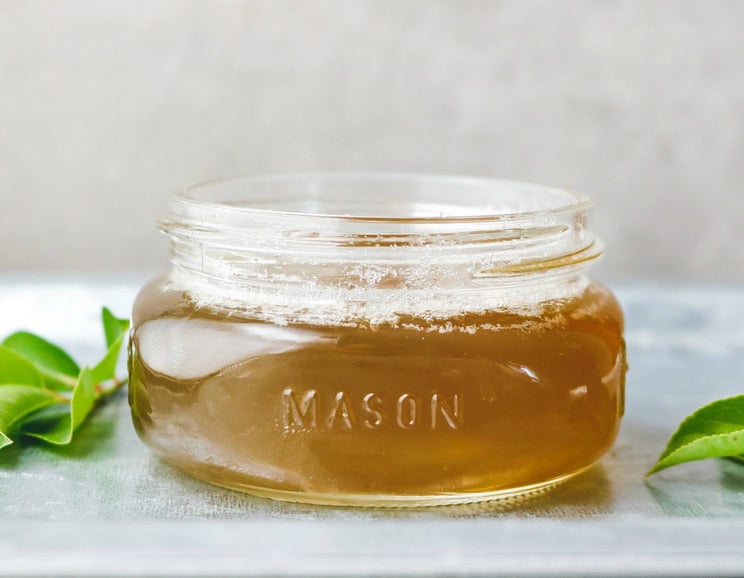 DIY Snore Relief Jelly for a Better Night’s Sleep
DIY Snore Relief Jelly for a Better Night’s Sleep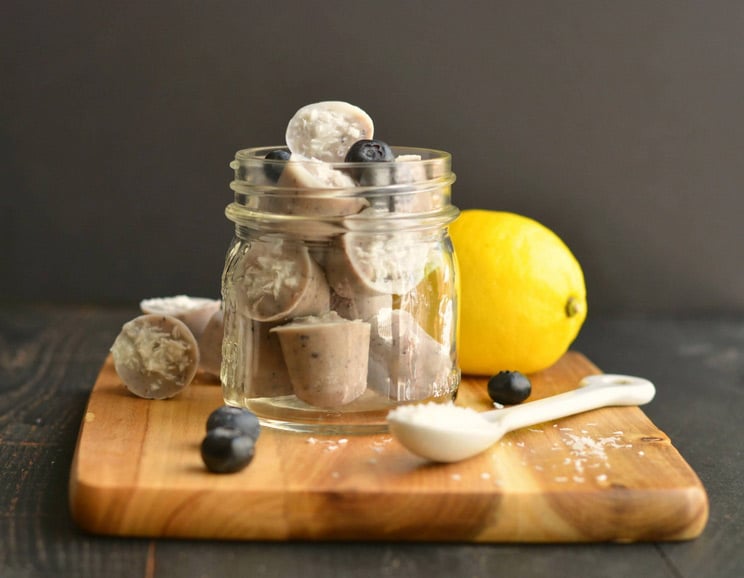

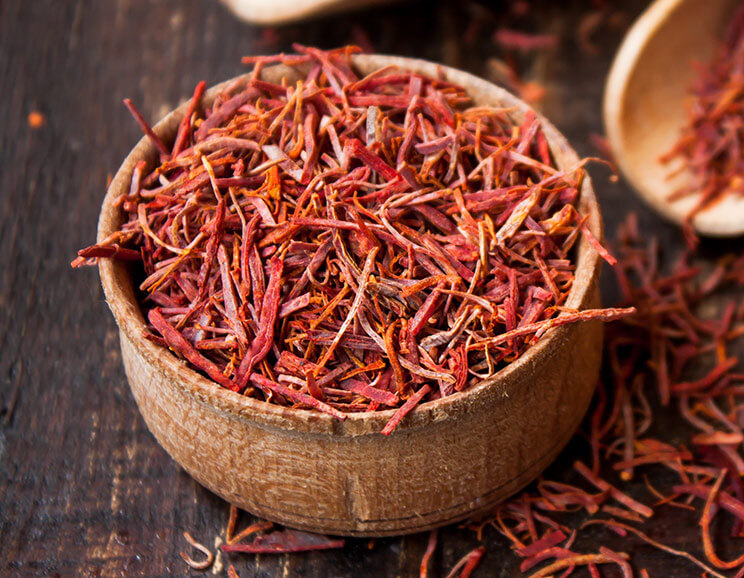
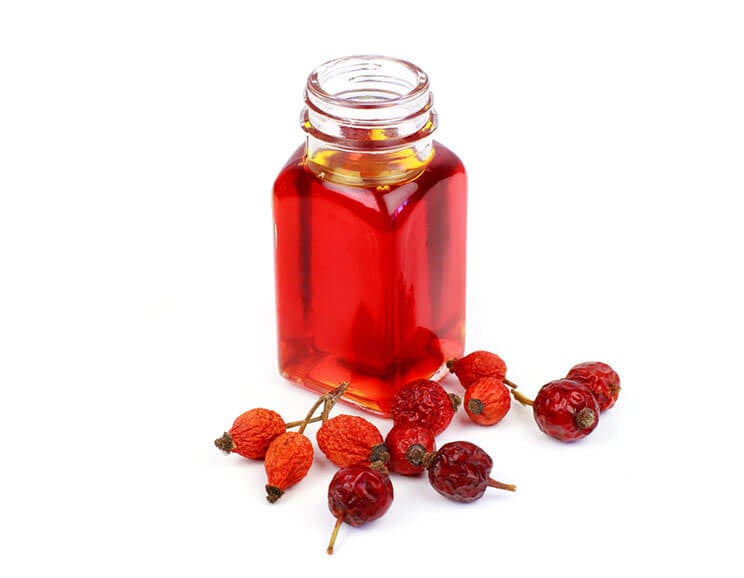
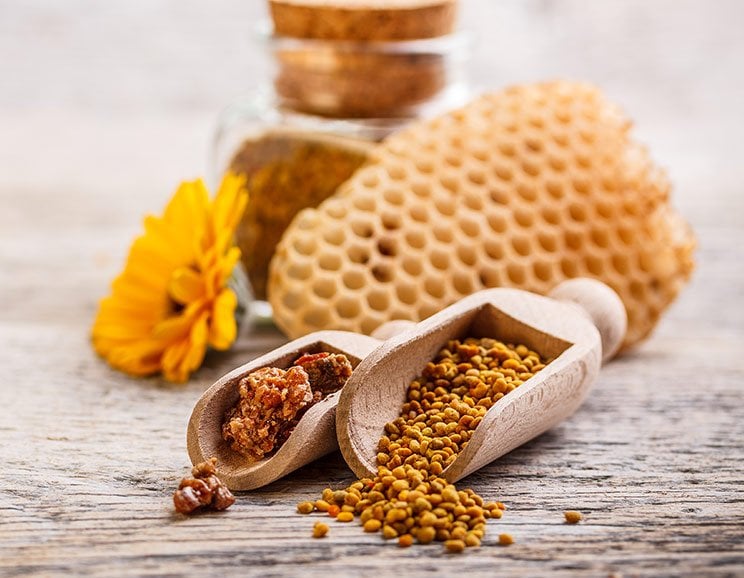
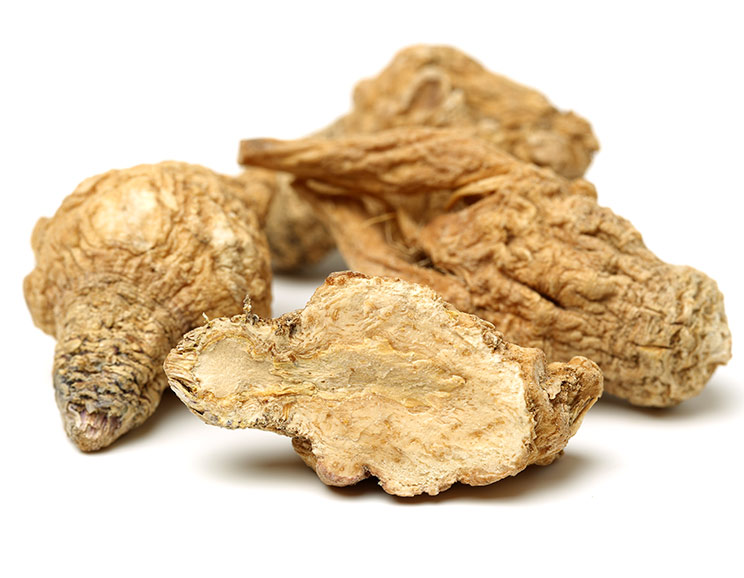
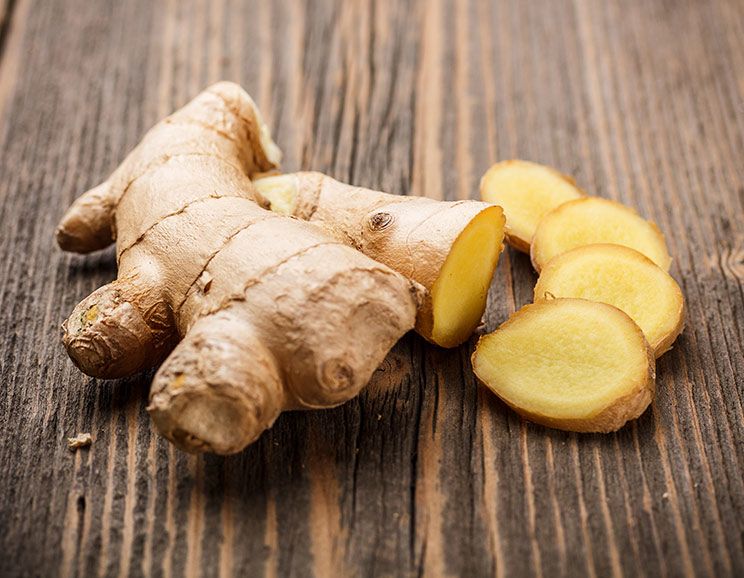
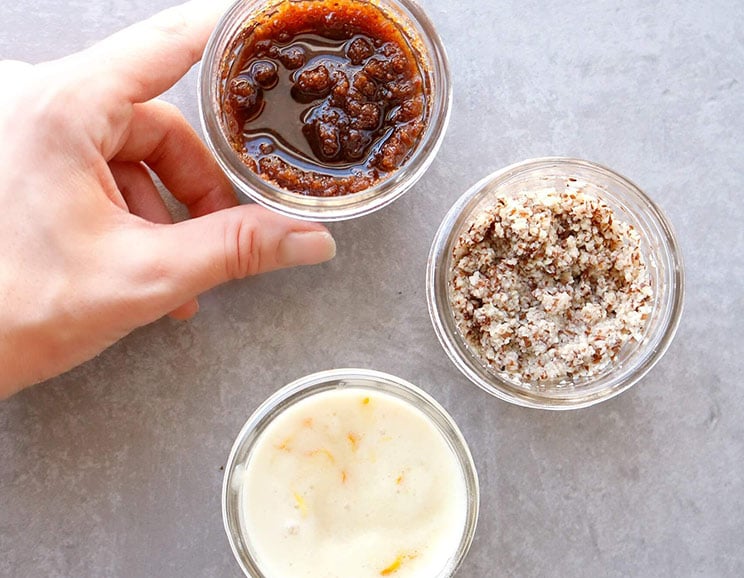
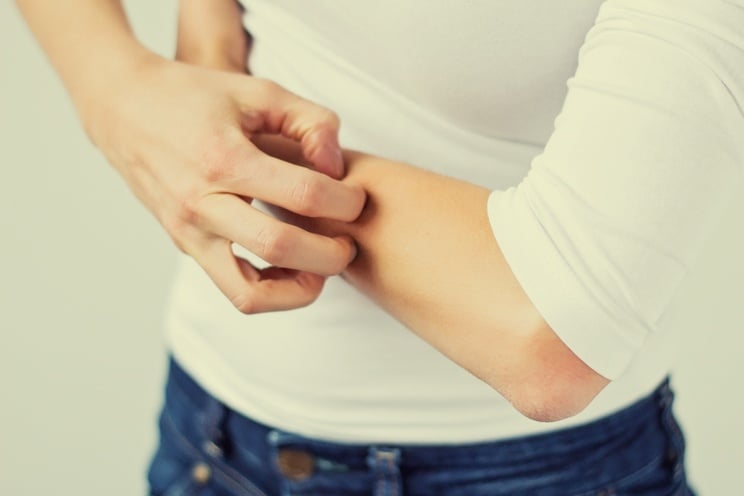
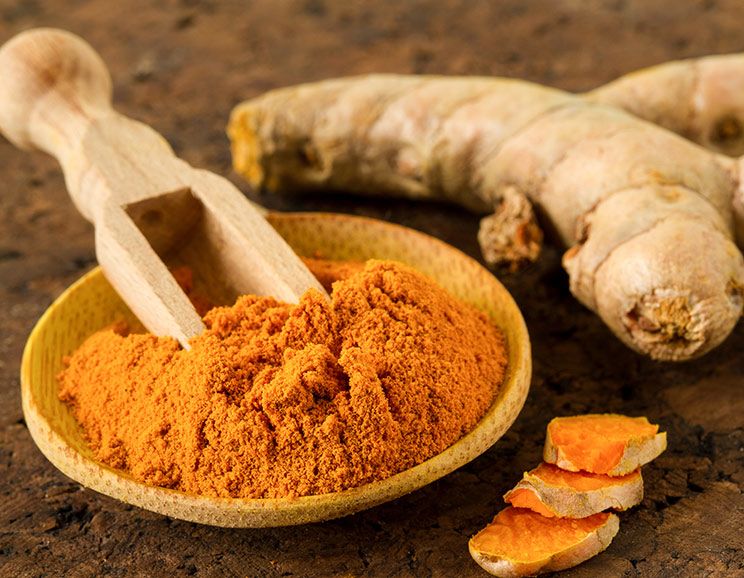
Show Comments